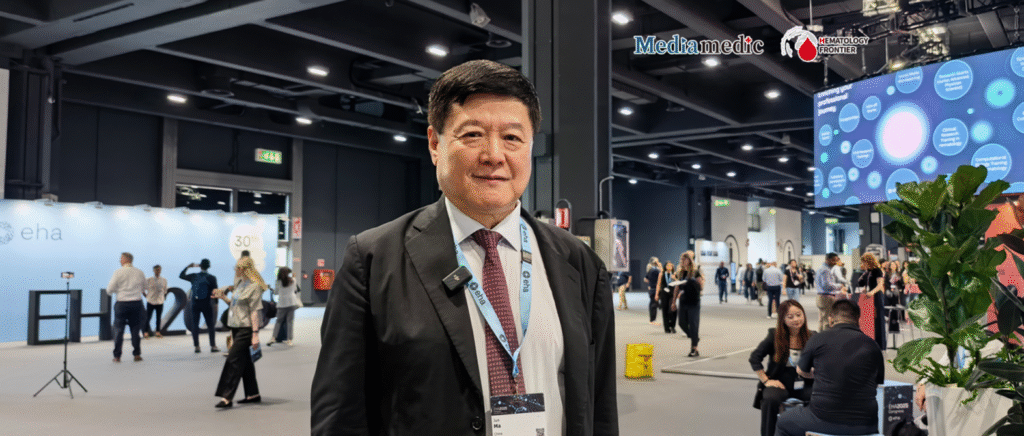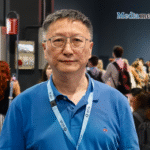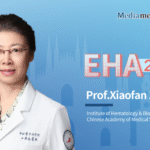
Editor’s Note: On June 12, local time, the 30th Annual Congress of the European Hematology Association (EHA 2025) opened in Milan, Italy. As one of the world’s premier hematology events, the congress focused on the latest advances across all hematologic subspecialties, showcasing evidence-based approaches in diagnosis and treatment, cutting-edge data from clinical and translational research, and innovations in diagnostics, technology, and risk stratification strategies. On site, Oncology Frontier – Hematology Frontier spoke with Professor Jun Ma of the Harbin Institute of Hematology & Oncology, who offered an overview of this year’s meeting and highlighted the outstanding performance of Chinese research teams.Prof. Jun Ma: This year’s EHA Congress welcomed between 15,000 and 18,000 attendees—several times the number when I first participated decades ago. As the largest hematology meeting globally after the American Society of Hematology (ASH) Annual Meeting, EHA is drawing increasing international participation.
What’s particularly exciting is the record-setting presence of Chinese scholars this year, with over 300 participants attending in person.
Academically, Chinese researchers submitted more than 200 abstracts, including over 30 oral presentations and more than 150 posters—accounting for 13.2% of all accepted submissions. Remarkably, many of the lead authors were early-career and mid-career scientists, signaling that China’s next generation of hematologists is taking the global stage with confidence and credibility. One could say that a “wave of red”—symbolizing China—is making its way into the heart of European hematology.
Chinese research teams are now deeply integrated with the international frontier in key areas such as cell therapy, hematopoietic stem cell transplantation, gene therapy, and small-molecule drug development. Through the EHA platform, we will continue to promote progress in drug innovation, basic science, and translational research via active collaboration, knowledge sharing, and scientific exchange.
At this year’s meeting, our team also presented a representative original study: the use of liposomal mitoxantrone hydrochloride, a domestically developed therapy, in newly diagnosed peripheral T-cell lymphoma (PTCL). This is the first agent of its kind in China with fully independent intellectual property rights, marking a significant breakthrough in the development of novel therapies for hematologic malignancies.
Previously, this agent had demonstrated promising efficacy in relapsed/refractory myeloid leukemia, B-cell lymphoma, and acute lymphoblastic leukemia at international conferences such as ASH and ASCO. This marks the first time its potential in PTCL has been presented—showing a complete remission (CR) rate of up to 46%. The data attracted considerable attention at EHA, and we will formally present these findings in tomorrow’s Q&A session with global experts.
Our guiding principle has always been: everything for the patient. We want the world to see that China is not only capable of original drug innovation but is also committed to delivering new hope to hematology patients around the globe—with both conviction and capability.
Expert Profile

Prof. Jun Ma Director, Harbin Institute of Hematology & Oncology Chief Physician; Professor; Doctoral Supervisor
- Chair of the Supervisory Board, Chinese Society of Clinical Oncology (CSCO)
- Vice Chair, Asian Clinical Oncology Society
- Head of the Expert Panel, Lymphoma Specialty Development Project, Center for Capacity Building and Continuing Education, National Health Commission of China
- Editor-in-Chief, Leukemia & Lymphoma Journal
- Former Chair, Chinese Society of Clinical Oncology (CSCO)
- Former Vice Chair, Hematology Branch, Chinese Medical Association


